japanese traditional patterns coloring book!
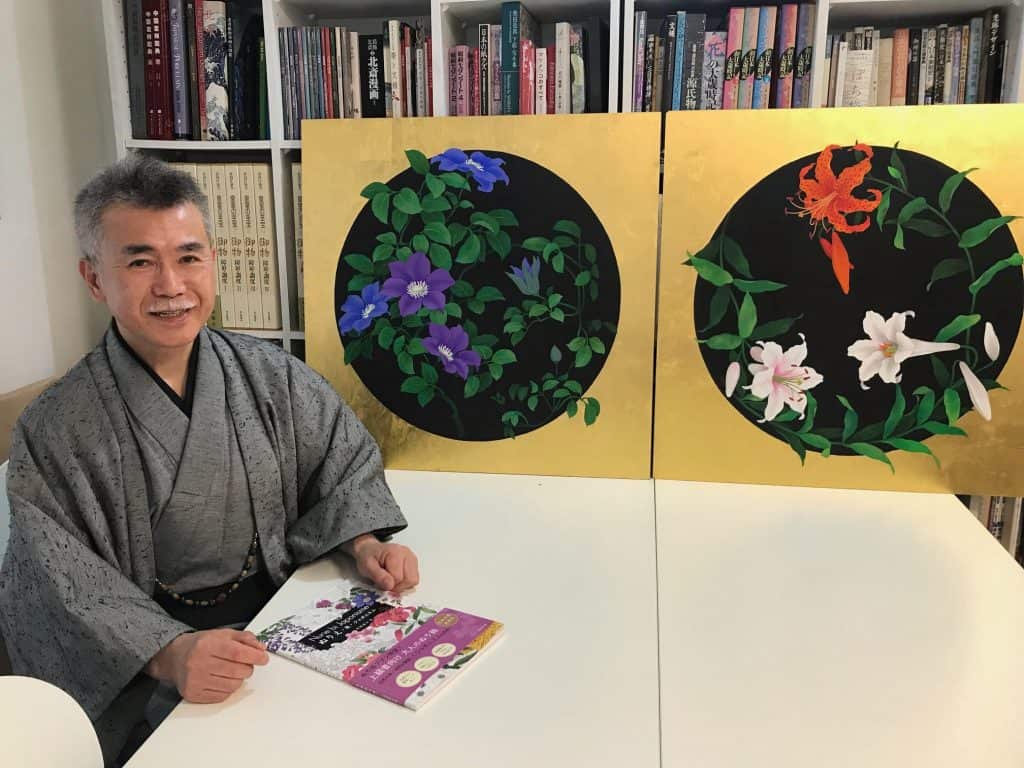
From the beginning of this year I have had the privilege to associate with Jogan Yoshio, kimono designer in Kyoto. I visited his atelier, had the chance to attend some events with him and we are also starting to collaborate on some projects (such as the one in Wakayama) .
He is really the quintessential Japanese artist/craftsman: soft spoken, passionate and humble. His right arm is the charming Hiroyo, with feline eyes riding high heels and sports cars: it feels like she could have just come out from a 007 movie or a Lupin III cartoon. The matching and the positive contrast of different elements is somehow a trademark of Jogan sensei.
He practiced since his childhood in the ateliers and along the water streams of Nishijin, the area where Kimonos are woven, dyed, block-printed, painted and embroidered with the collaborative work of dozens of separate companies. Kyoto is famous for its rigid and at the same time soft structures. Rules are not written but are so strongly encoded in the social behaviors that create a kind of invisible system of relations that puzzle the westerner. The secret is to learn every thing with the body rather than with your rational mind.
Rules are not there to be discussed but can be interpreted. Traditional patterns cannot be modified but of course are filtered through the sensibility and the DNA of each individual artist.
I think you will understand what I mean by watching this video:
check below for more photos and info to purchase the book.
Jogan sensei drafts free-hand a flower pattern without copying. His hand is fluid but is moving like a plotter. Jogan sensei is not drawing a pattern, he “IS” the pattern, he internalized it and now it become his own voice.
And what is even more impressive (but it is an obvious consequence for a master), Jogan sensei is broadening the horizons of “WA” traditional pattern design beyond the world of kimonos. He designed i-phone cover cases in laser cut stainless steel that won international awards.
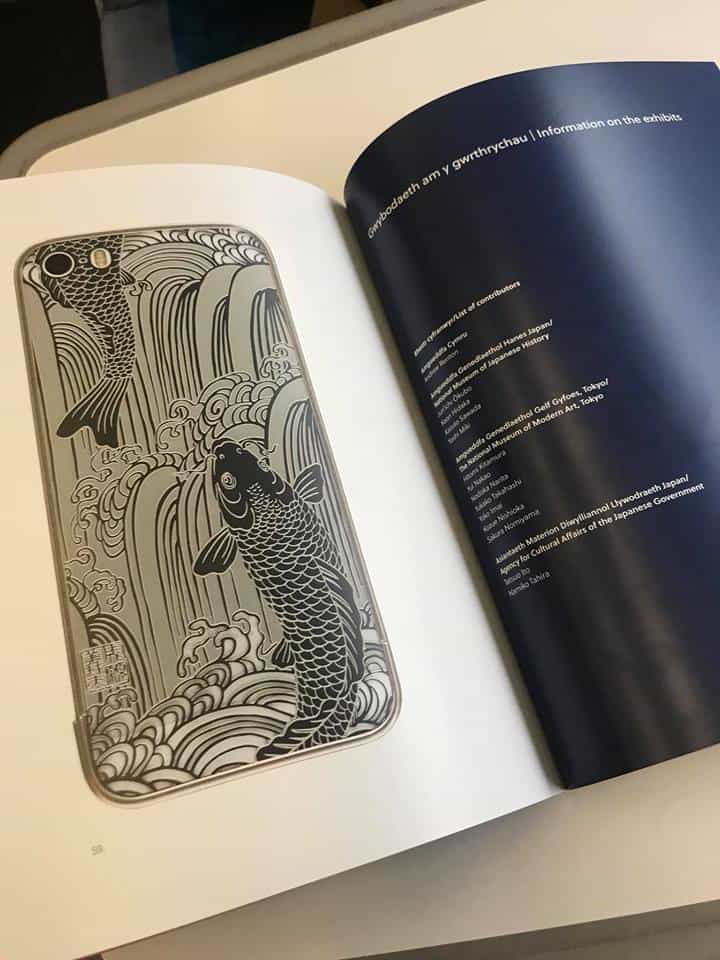
he creates patterns that can be ink-jet printed to create screens, doors, wall coverings and even fancy sanitary equipment such as toilets or sinks!
(This topic was introduced in a previous blog post)
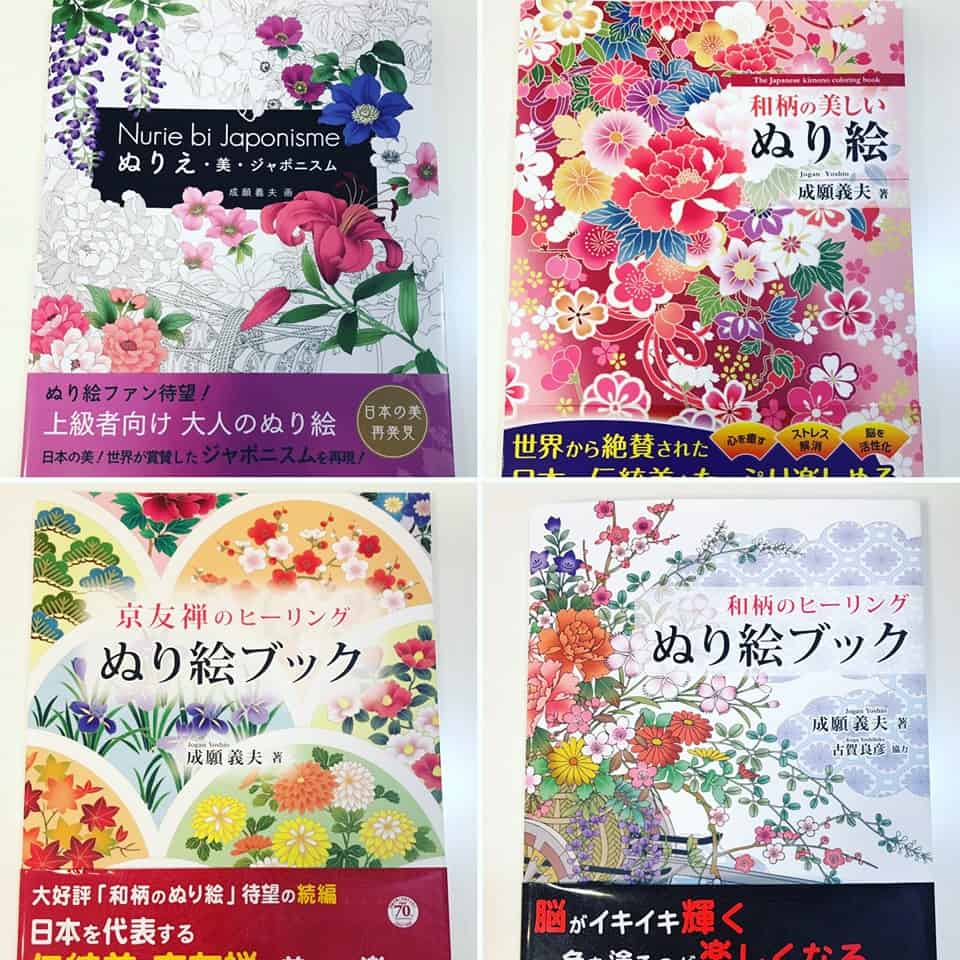
But what is most impressive for me is his collection of 4 pattern coloring books for adults. There is a trend now in Japan promoting the habit of coloring books as a way to relax, concentrate, keep in exercise the right brain hemisphere and the coordination between eyes and fingers.
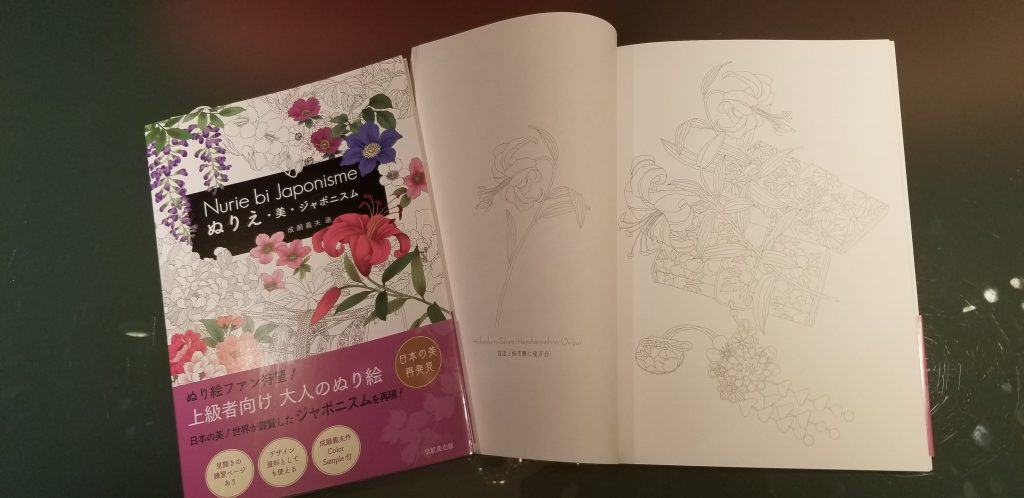
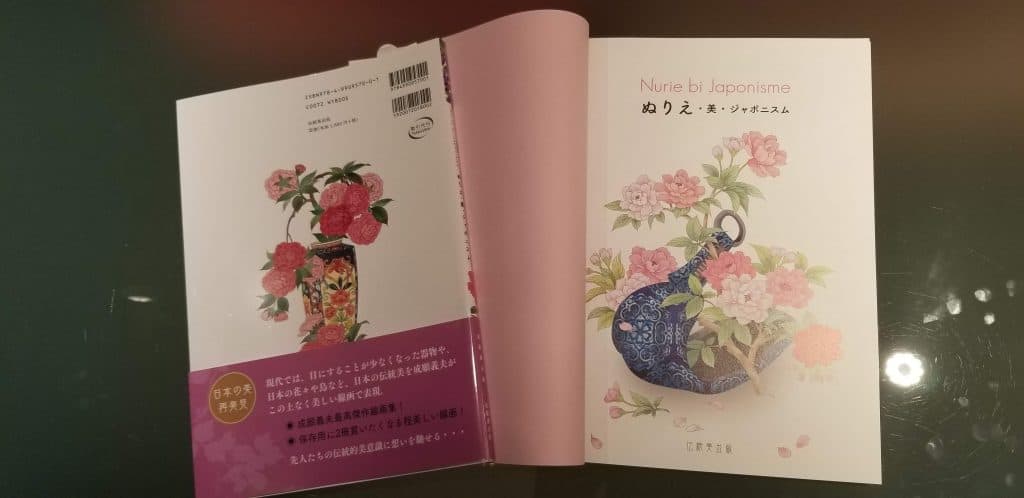
Personally I think it is also a great method to transfer the sensibility of traditional japanese designs to the new generations.
I can guarantee you it is a sizzling experience to trace or to color these patterns that are so similar but so deeply different from a way a western artist would draw.
Following the lines drawn by Jogan sensei is like swimming through the streams that have been rinsing the kimonos in the Nishijin area for centuries.
I fell in love with the most recent book and asked Jogan sensei if I could sell it on the Bartok design homepage.
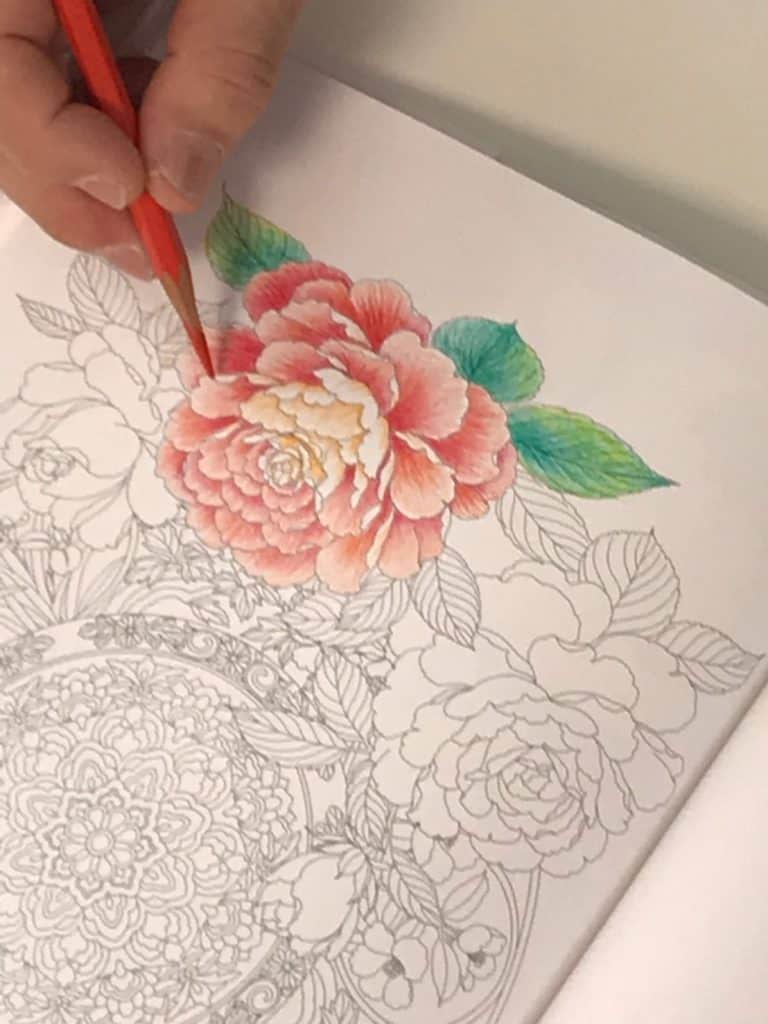
I am pleased to tell you that… He agreed!
I will be able to send you the books at 1,800 JPY each + 1,000 JPY for packaging and shipping worldwide per shipment:
If you buy multiple books, the shipping cost will just be fixed 1,000 JPY per shipment (air-mail, no EMS).
Please check in the shop!
Sayonara and happy coloring!

Leave a Comment